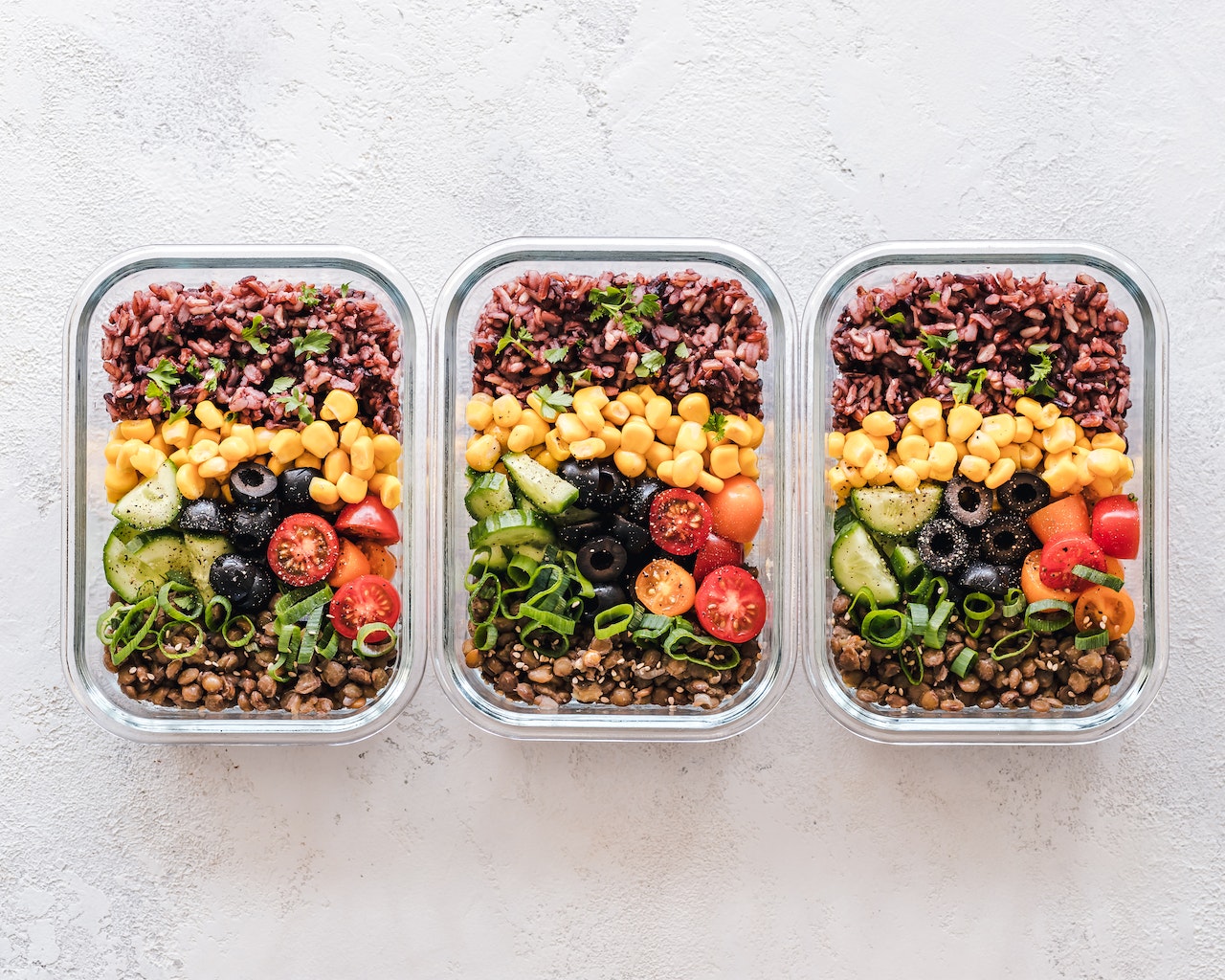“The Child and Parent Nutrition Model”
Understanding the Child and Parent Nutrition Model can help you make more informed decisions about what to eat, ensuring that your body gets the nutrition it needs while respecting your preferences and desires.
The Child Perspective:
- The “child” in this model represents your immediate preferences and desires. Think of it as the part of you that craves certain foods based on taste, comfort, and convenience.
- The child might say, “I want ice cream because it tastes delicious,” or “I enjoy eating pizza because it makes me happy.”
The Parent Perspective:
- The “parent” represents the more responsible and nurturing side prioritising long-term well-being and health. This aspect focuses on ensuring your body receives the essential nutrients it needs to operate at its best.
- The parent might say, “I need to include more vegetables in my diet for better digestion,” or “Choosing lean protein will help me build muscle and maintain energy levels.”
Balancing Both Perspectives
A healthy nutrition plan involves balancing the child and parent perspectives. Here’s how you can apply the Parent and Child Nutrition Model to your daily choices:
- Listen to Both Voices:
- When deciding what to eat, acknowledge both your cravings and your nutritional needs. It’s important to validate your desires (child) while also considering what your body requires (parent).
- Plan and Enjoy:
- Create a meal plan that incorporates foods you enjoy as well as those that provide essential nutrients. For instance, if you love pasta (child), try a whole-grain version with plenty of vegetables and lean protein (parent).
- Mindful Balance:
- Allow yourself occasional less nutritious foods without guil t. Enjoying your favourite foods in moderation can prevent feelings of deprivation and make it easier to stick to a balanced diet.
- Education and Experimentation:
- Learn about the nutritional content of various foods. This knowledge empowers your “parent” side to make better choices. Additionally, experiment with new recipes that can make healthy foods more appealing to your “child” side.
Practical Tips for Better Choices
- Start with Small Changes: Gradually incorporate healthier options into your meals. Swap sugary snacks for fruits or choose grilled over fried foods.
- Prepare Balanced Meals: Aim for a mix of macronutrients—carbohydrates, proteins, and fats—along with plenty of vitamins and minerals.
- Stay Hydrated: Drink plenty of water throughout the day. Sometimes cravings are a sign of dehydration rather than hunger.
- Mindful Eating: Pay attention to your hunger levels and fullness cues. Eat slowly and savour each bite to enhance satisfaction and prevent overeating.
Use the Child and Parent Nutrition Model for a Better Relationship With Food
By understanding and applying the child and parent model, you can create a harmonious relationship with food that respects both your immediate desires and long-term health goals. This balanced approach will not only fuel your body adequately but also ensure that your meals are enjoyable and satisfying.
If you have any questions or need further guidance on implementing this model into your daily routine, please feel free to reach out. I am here to support you every step of the way on your journey to better nutrition.
Pav x
Written by: Pavla Machova




